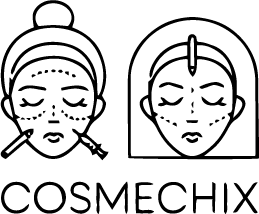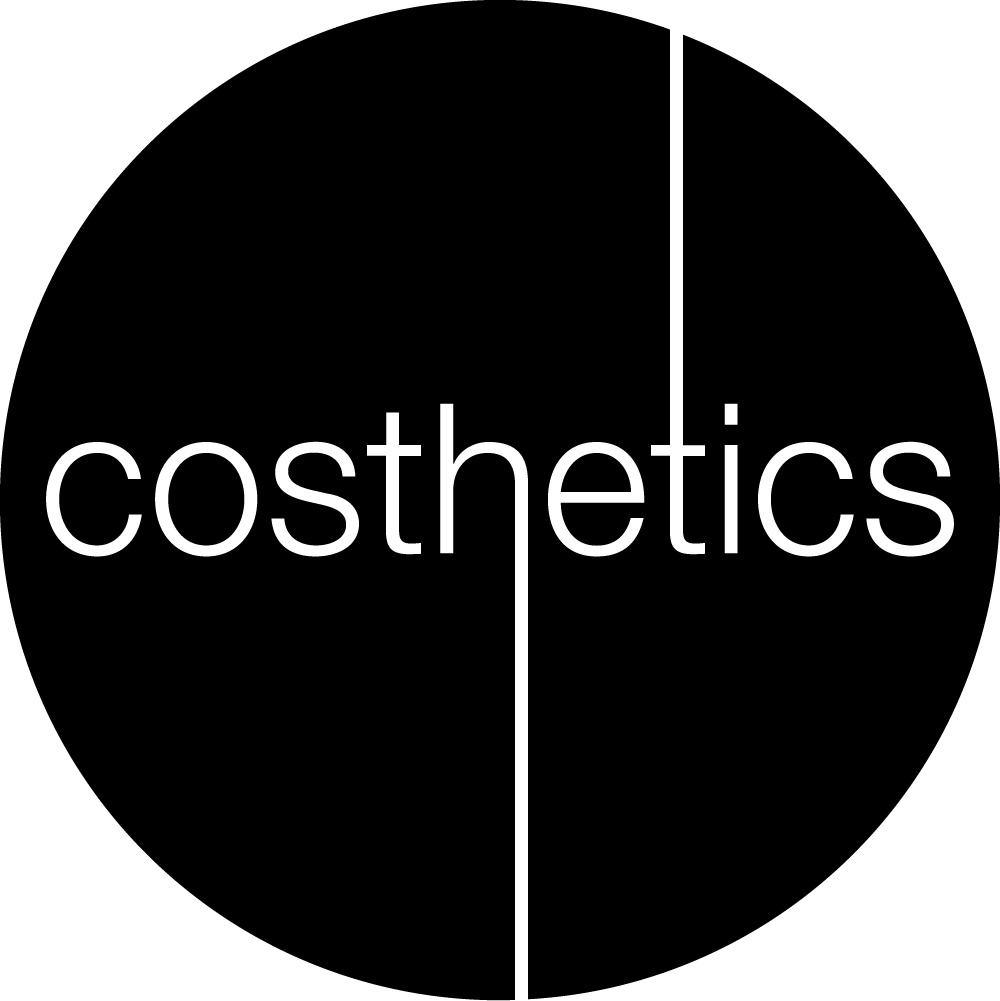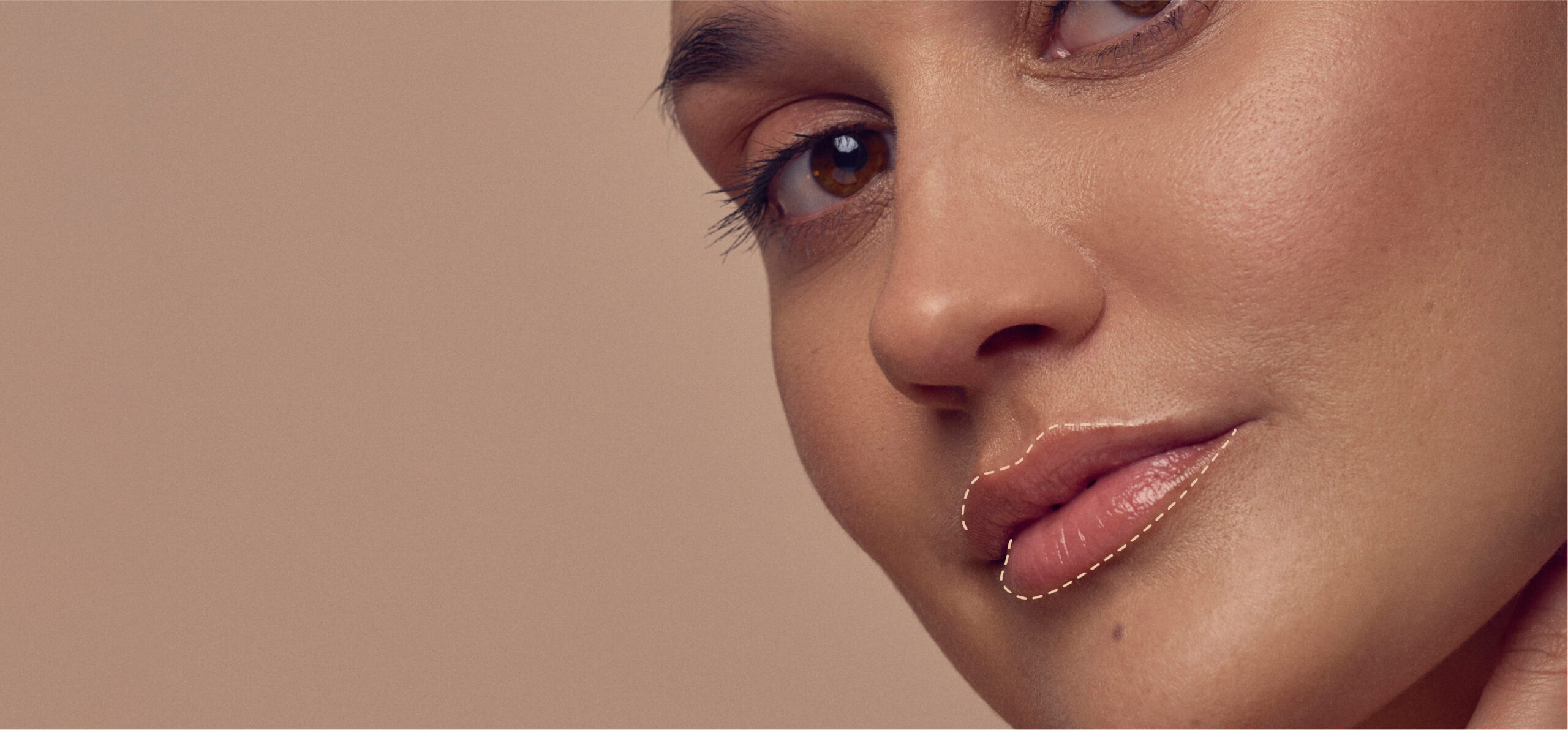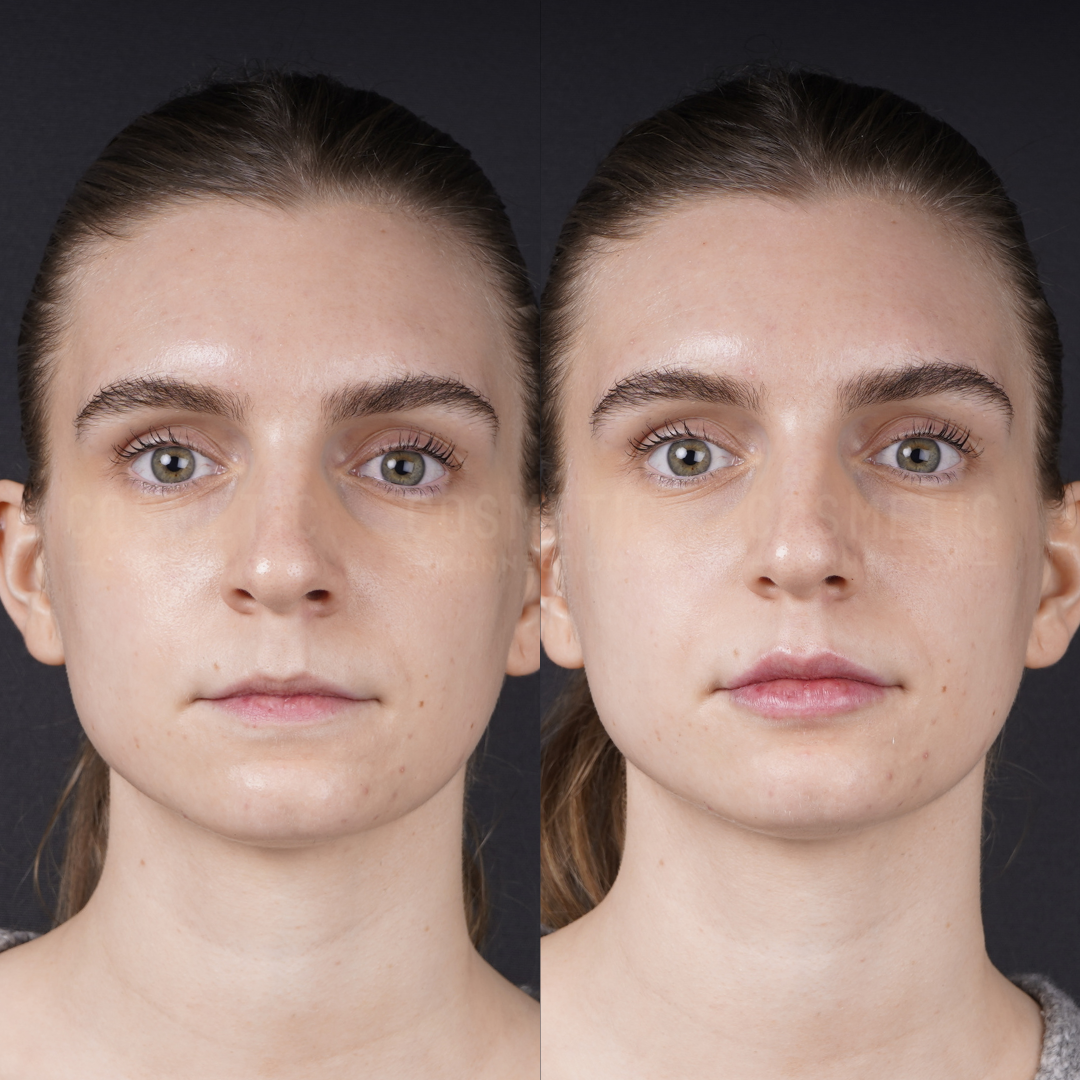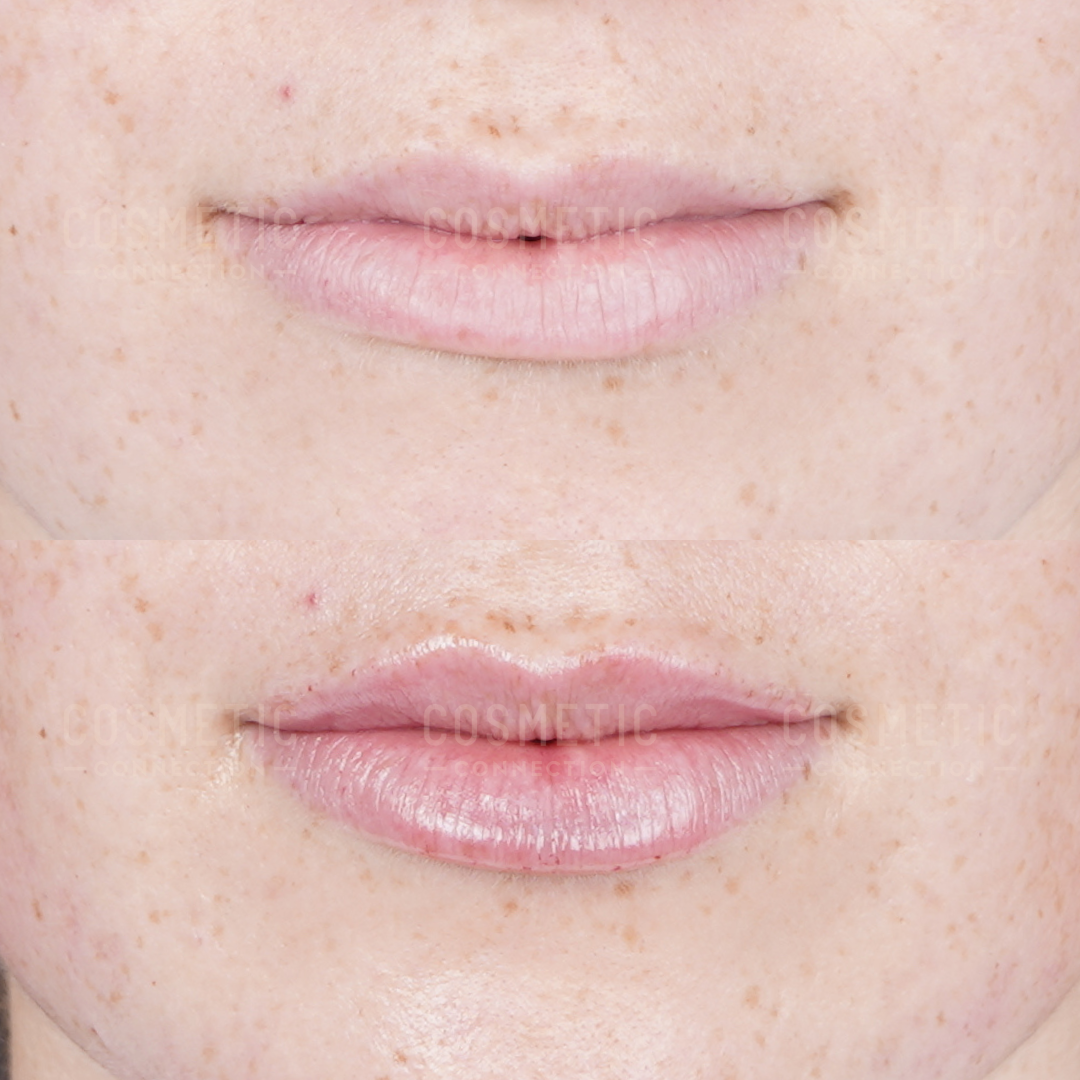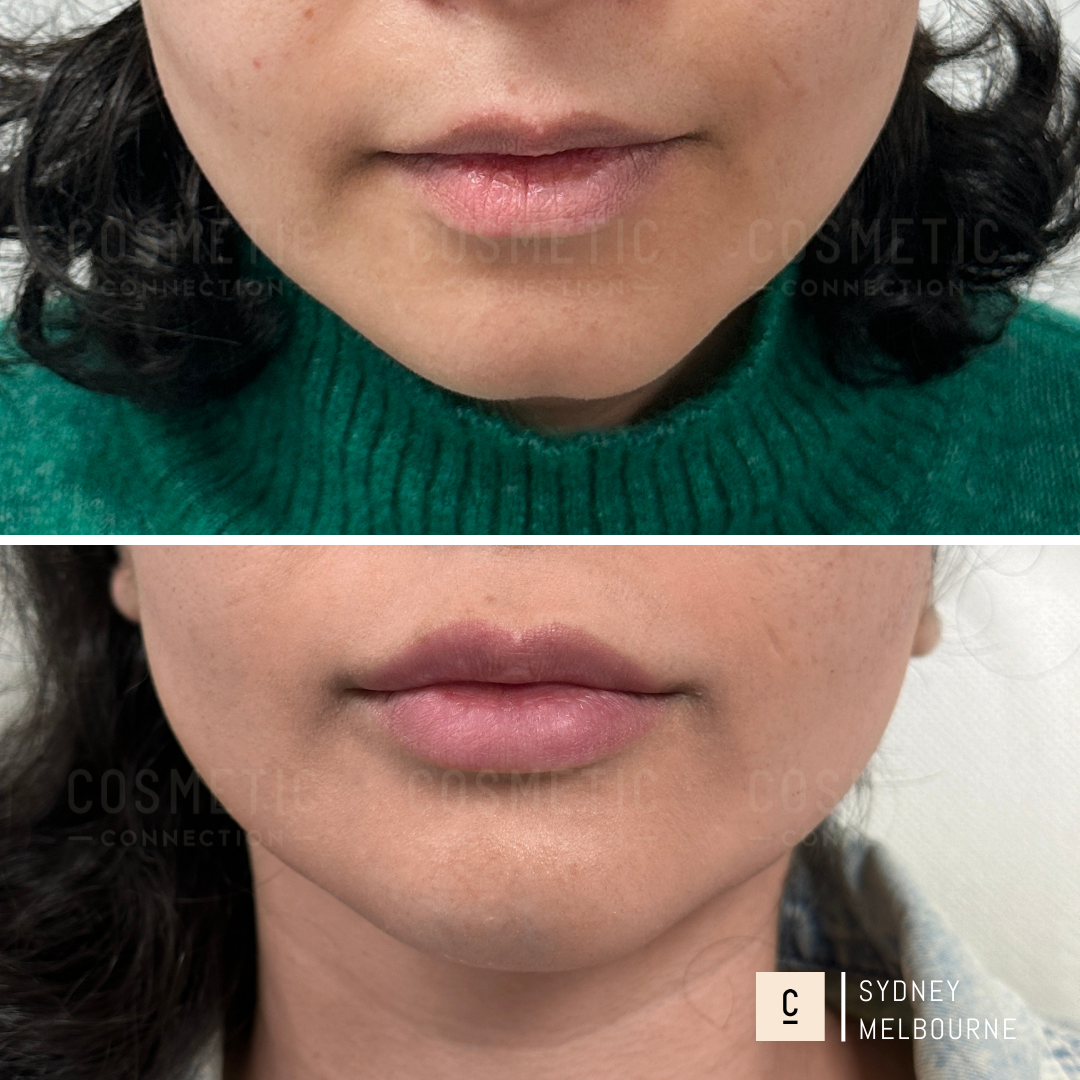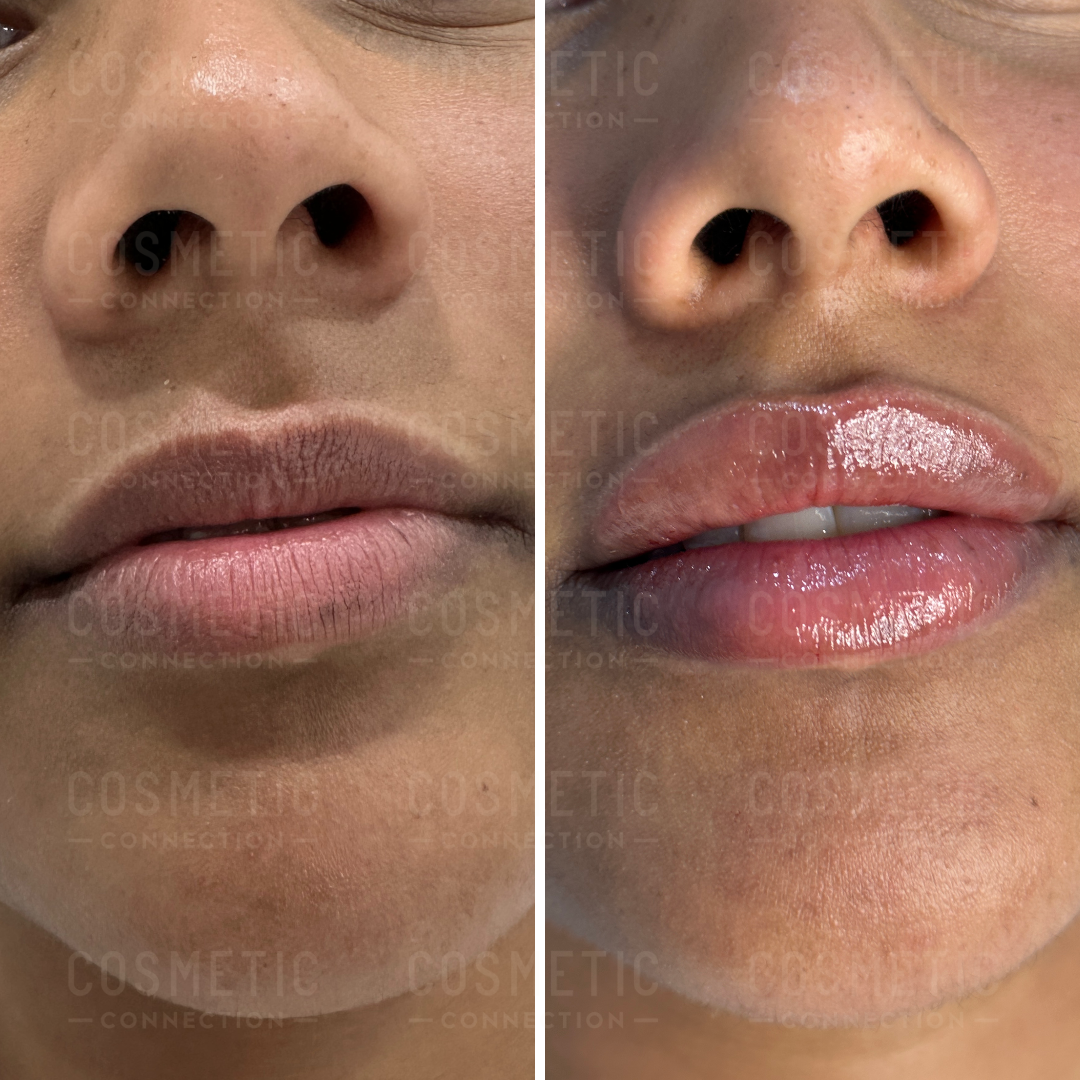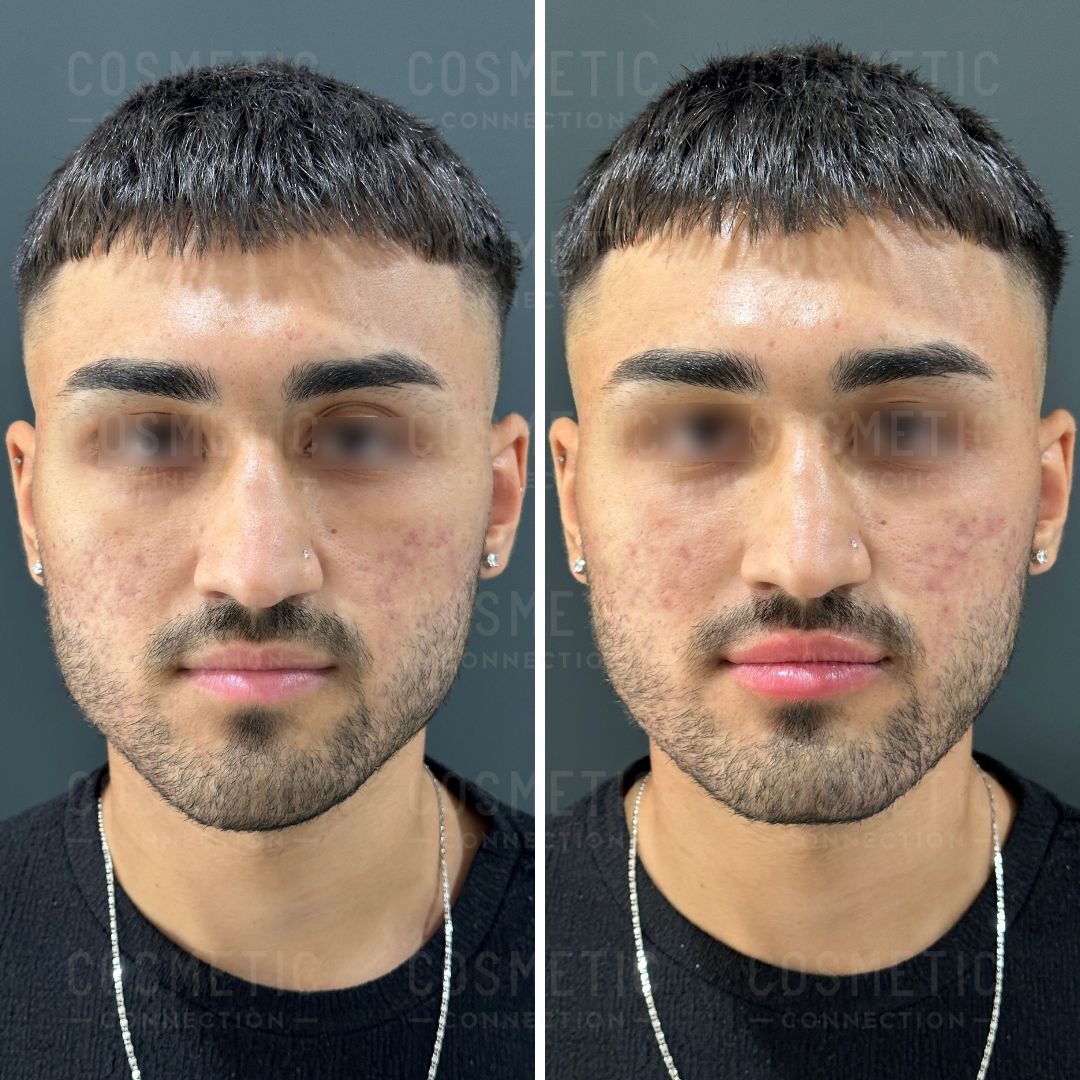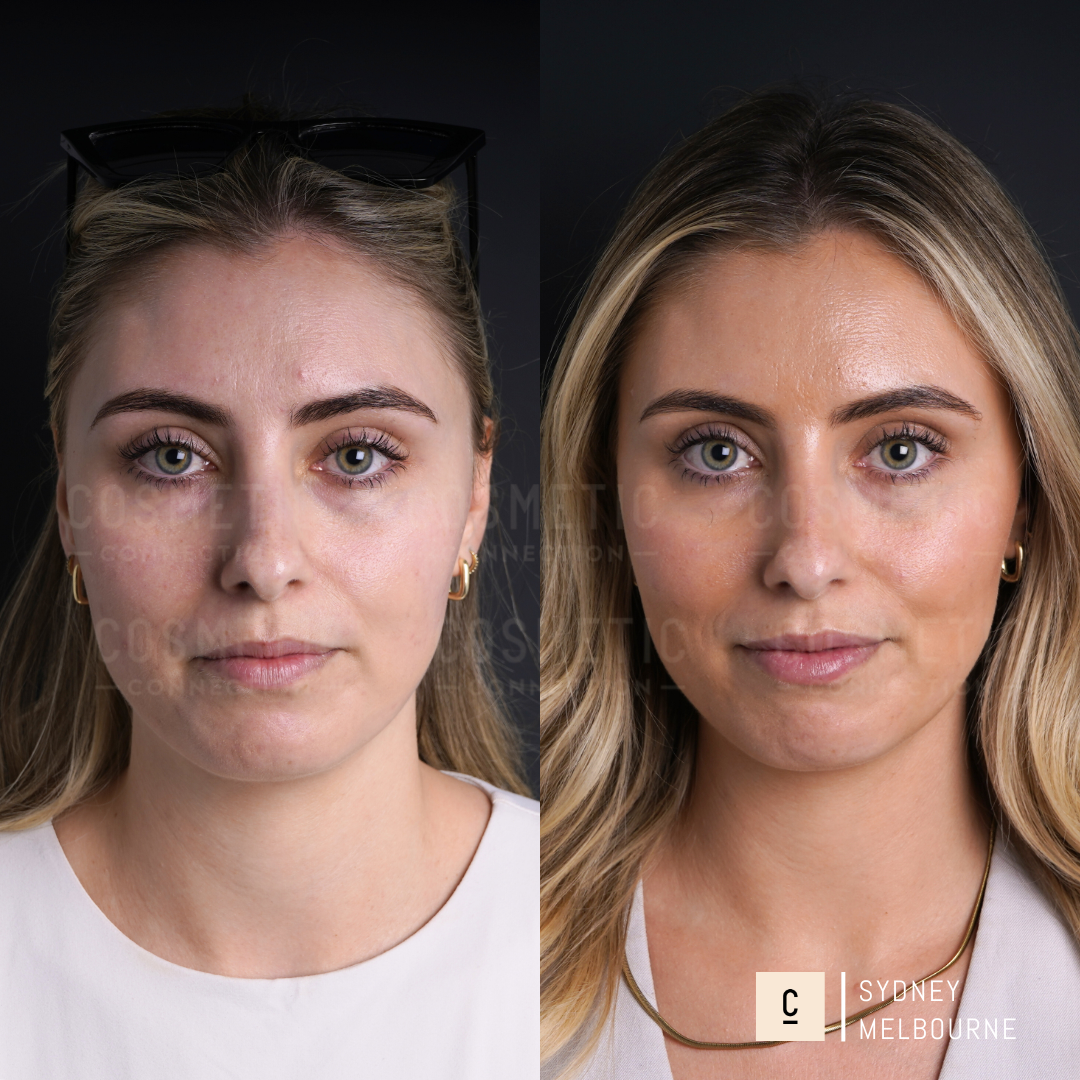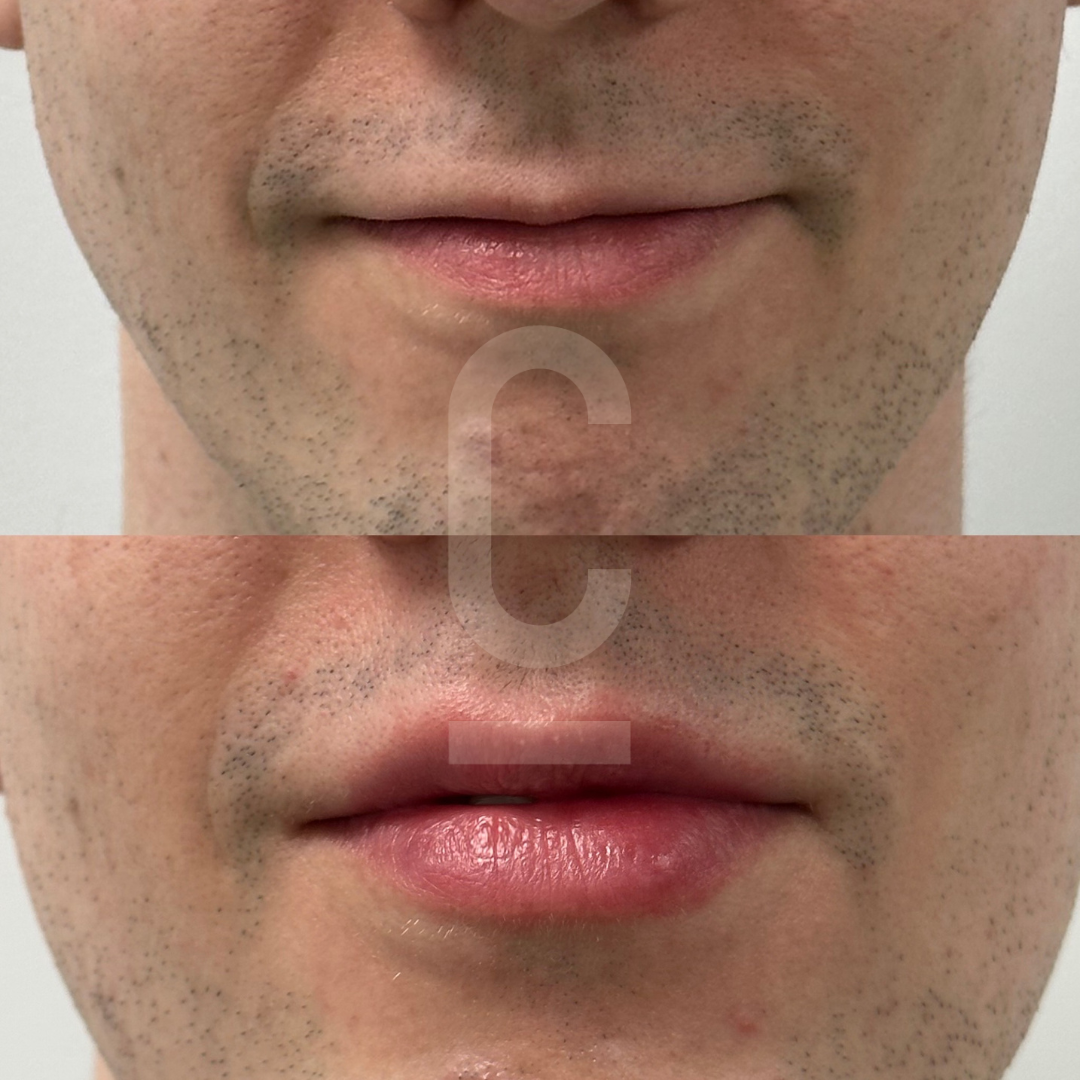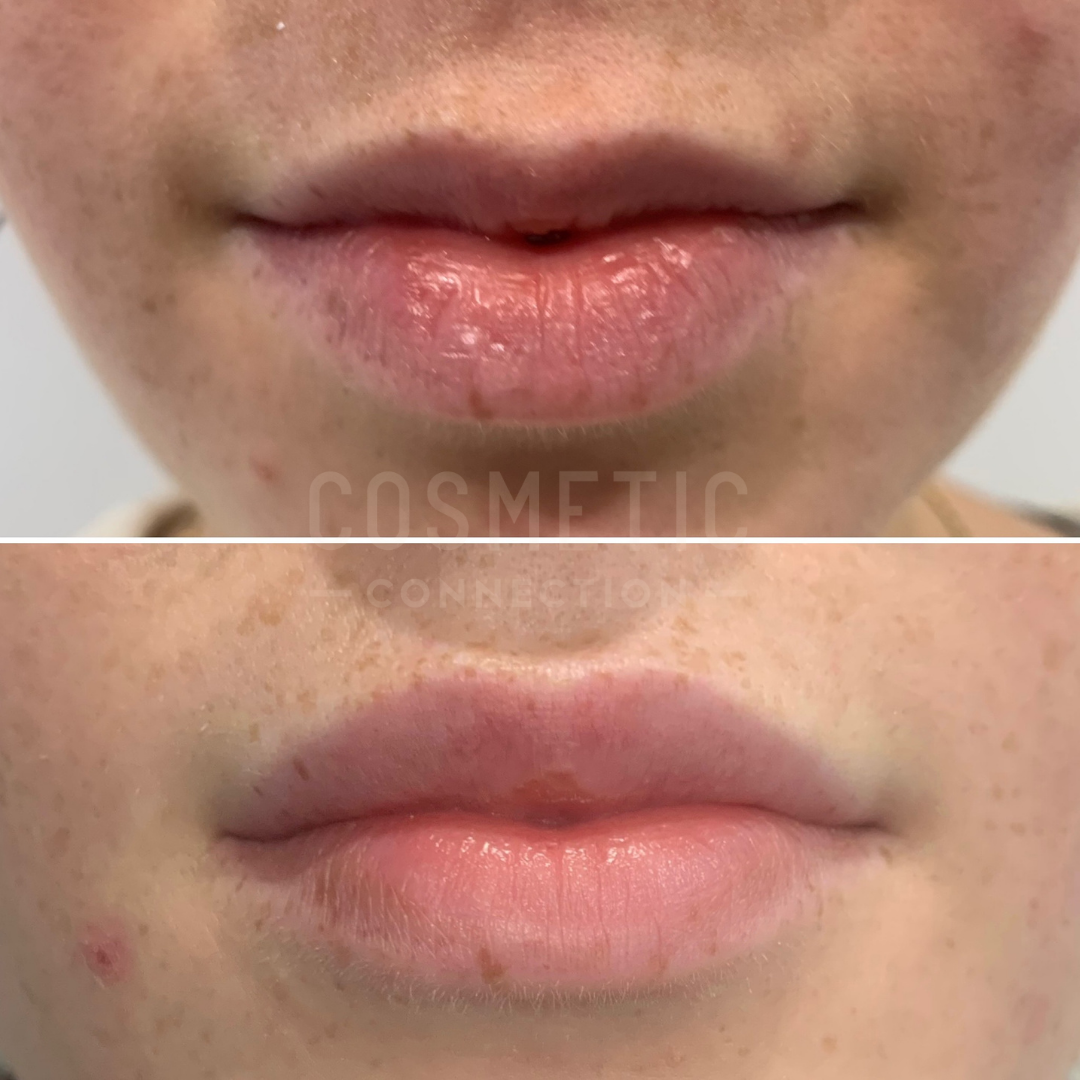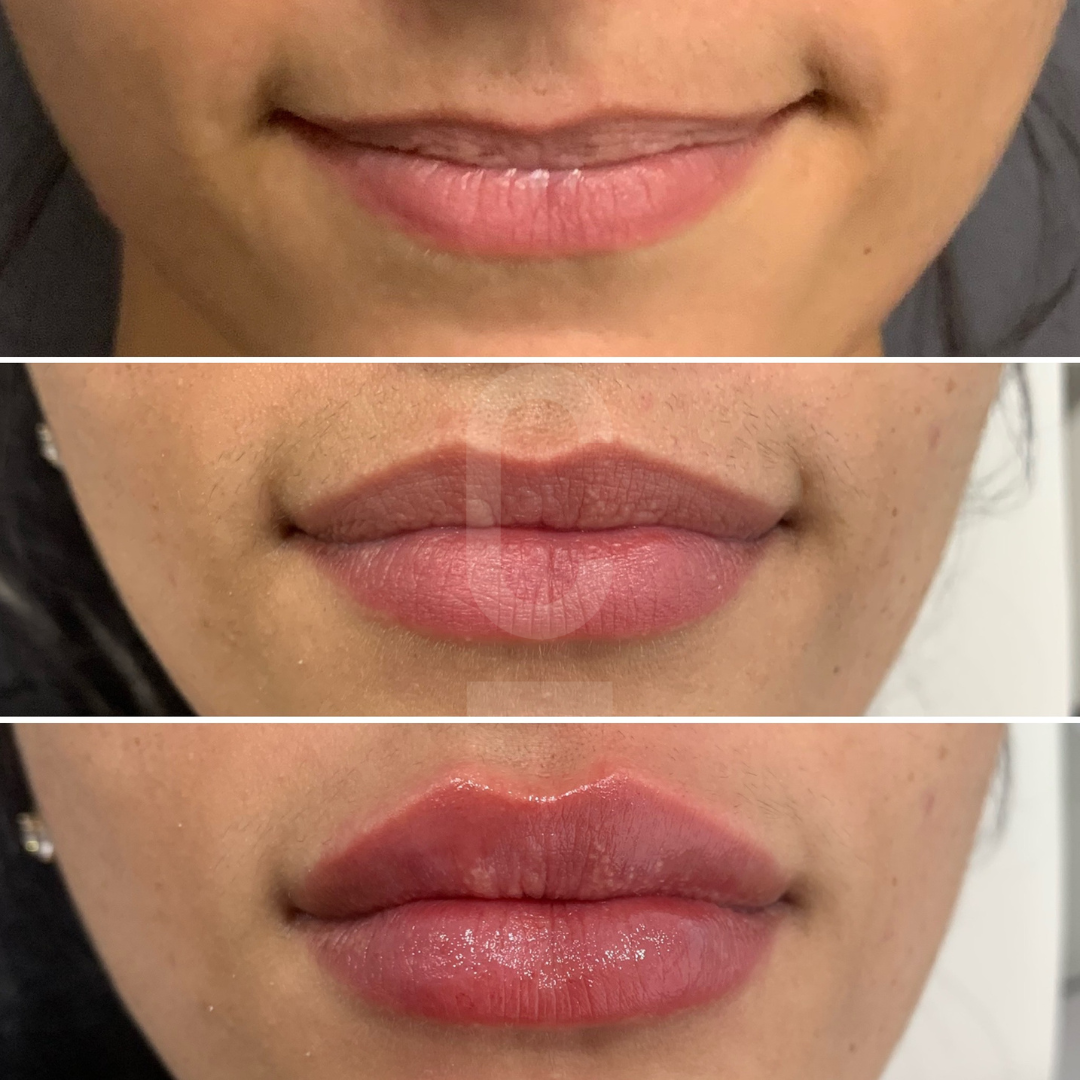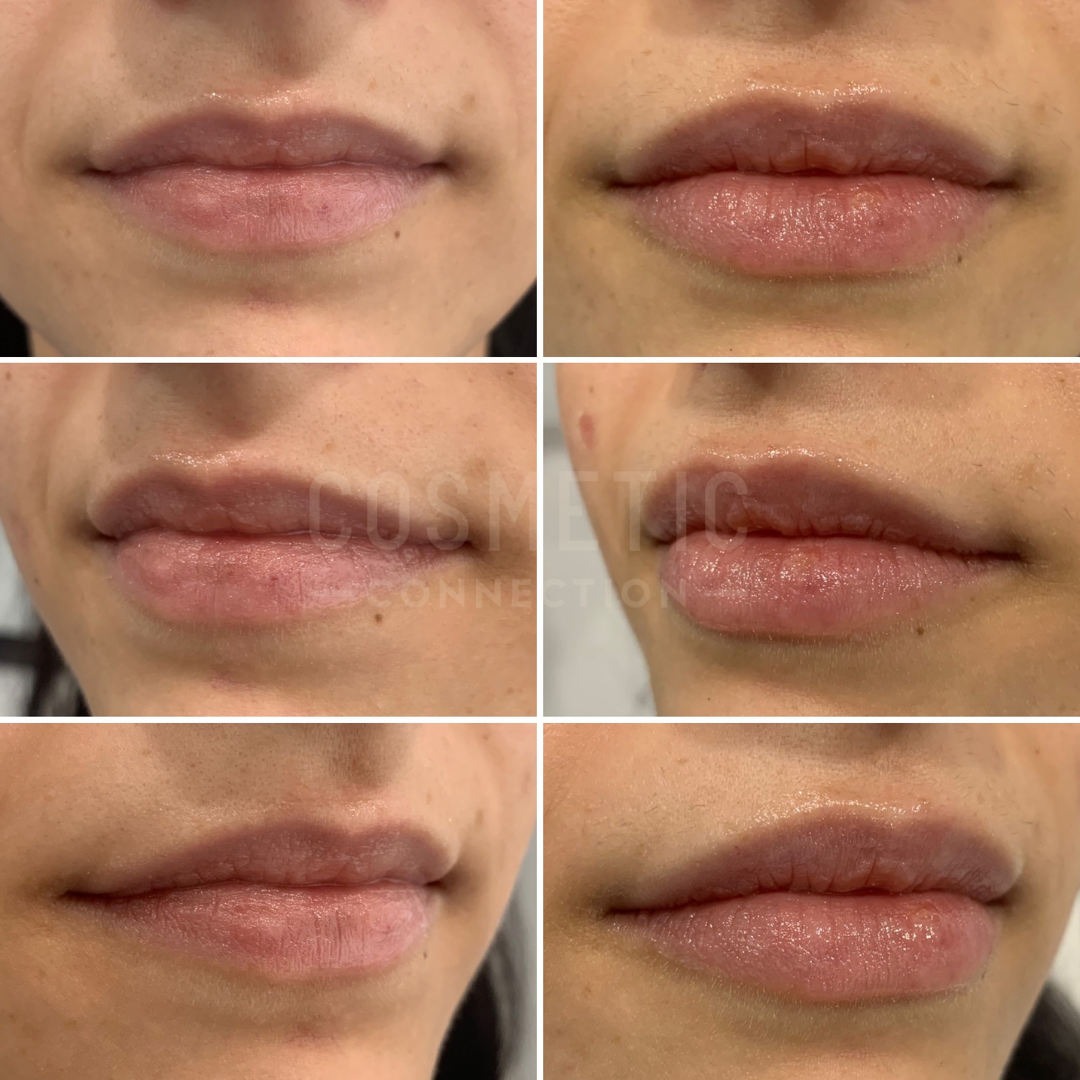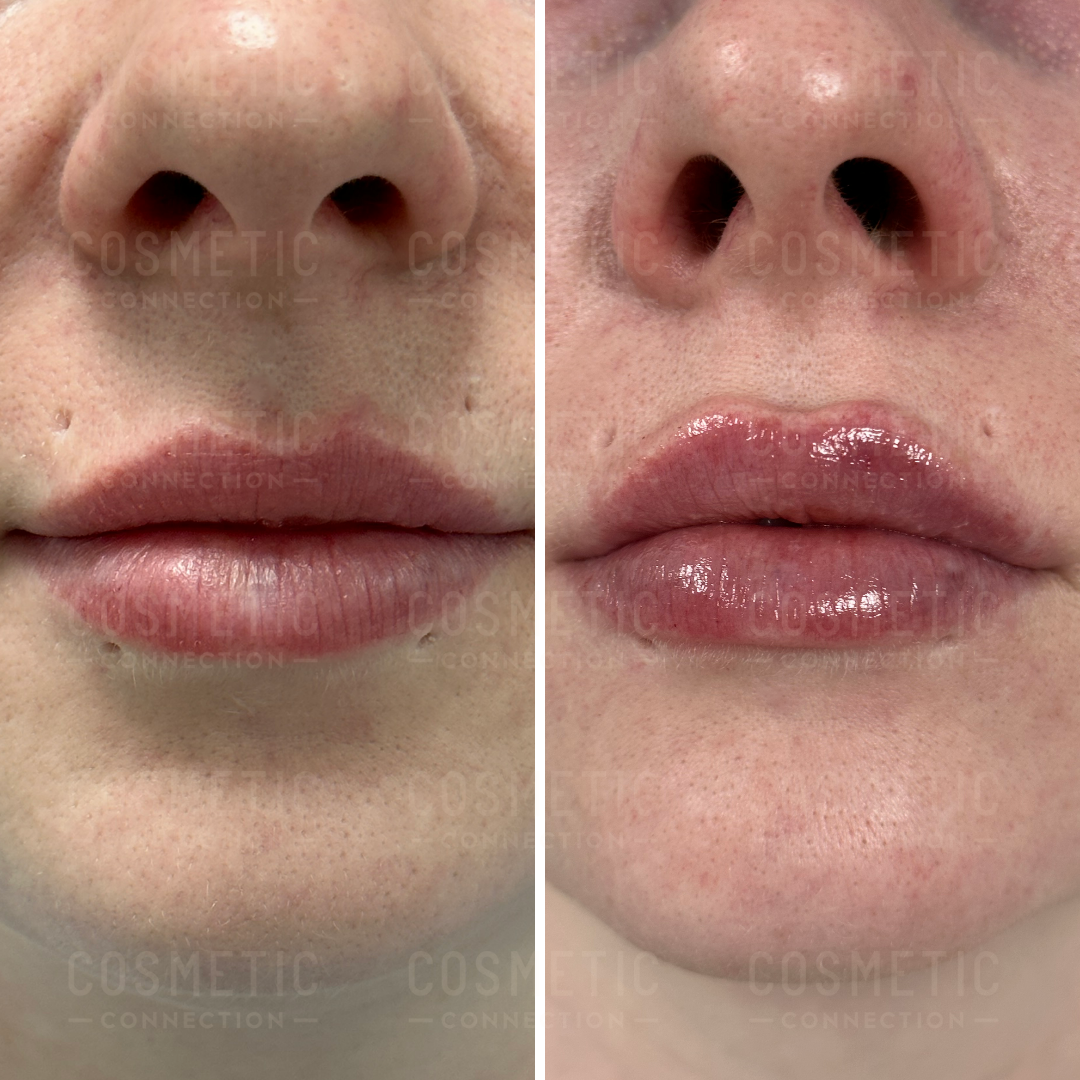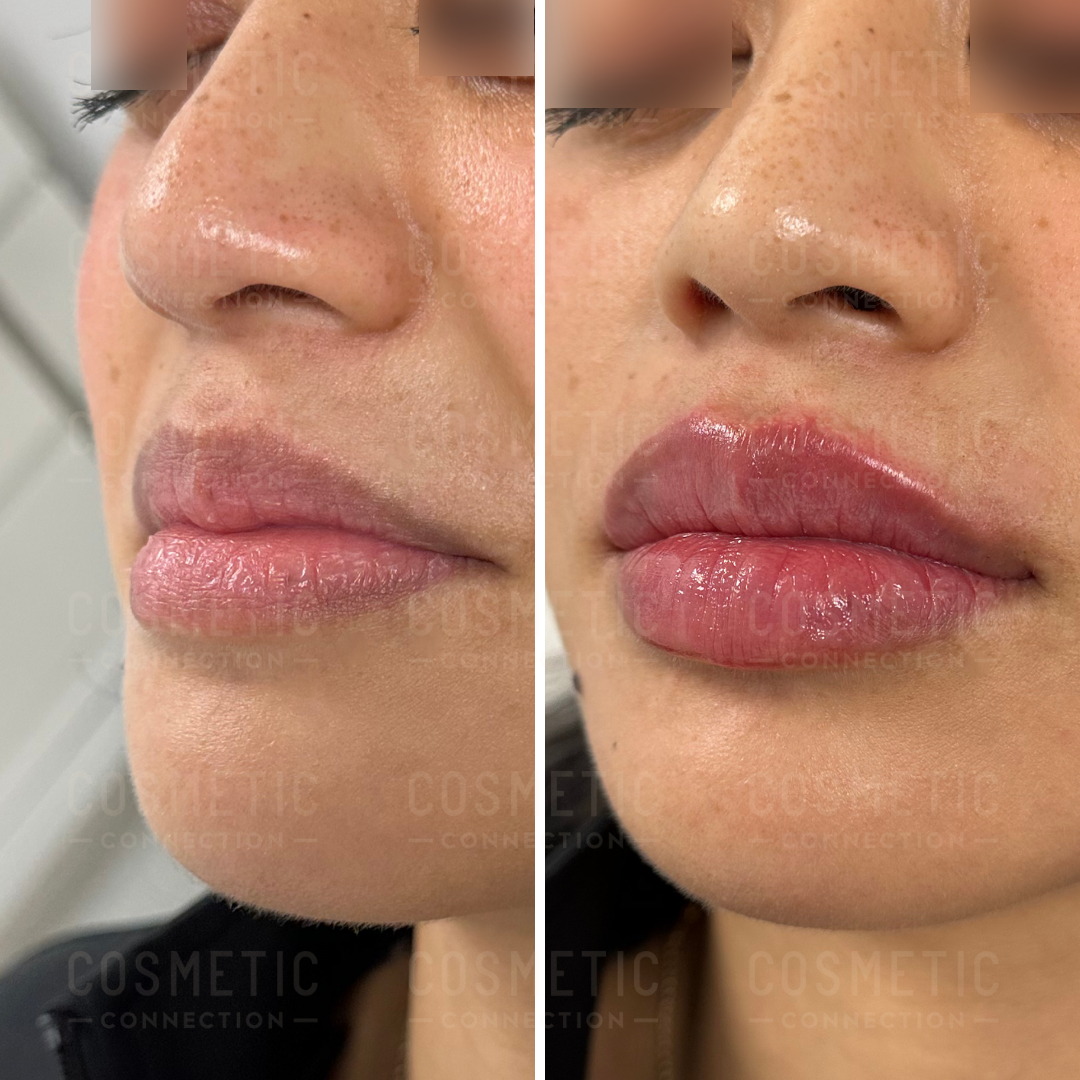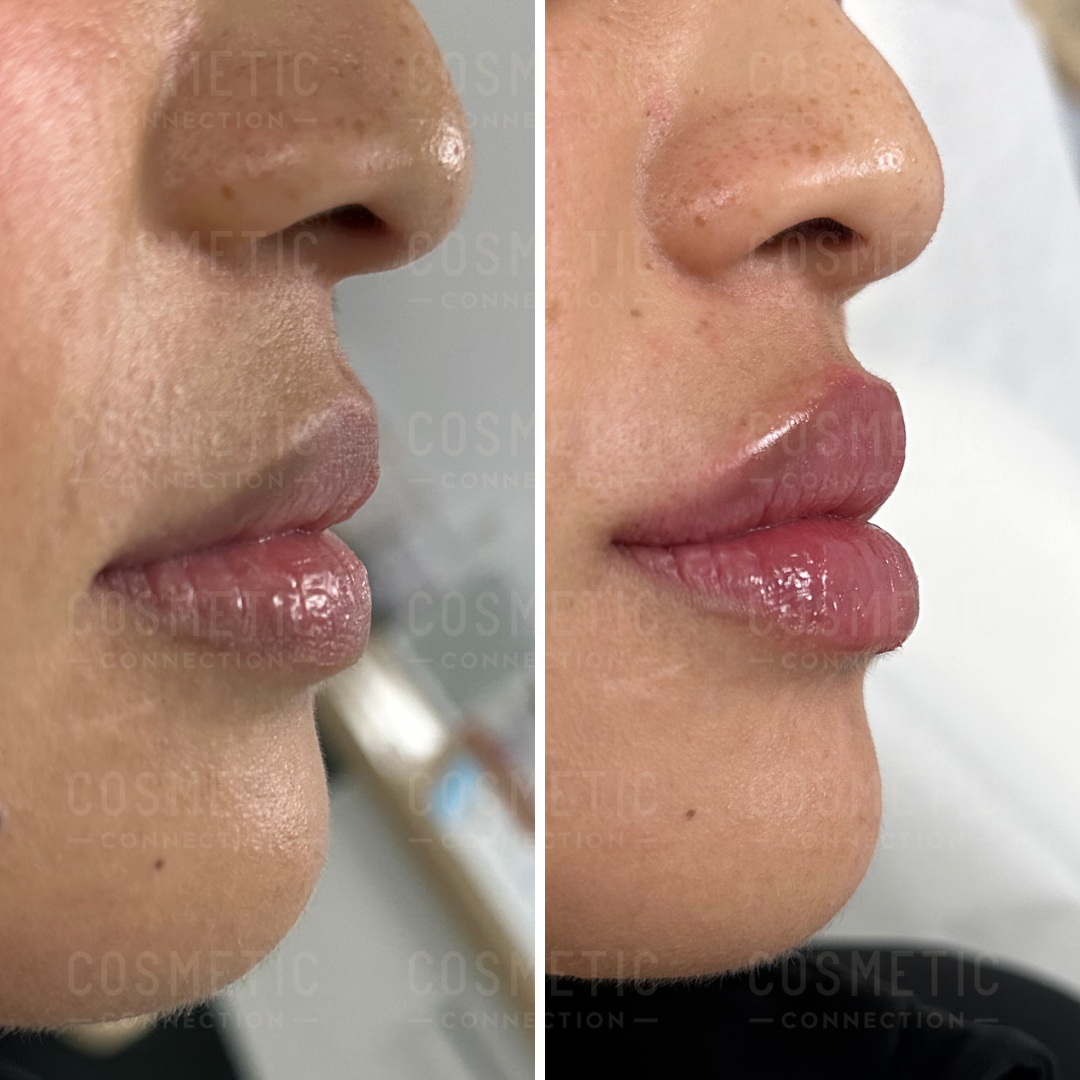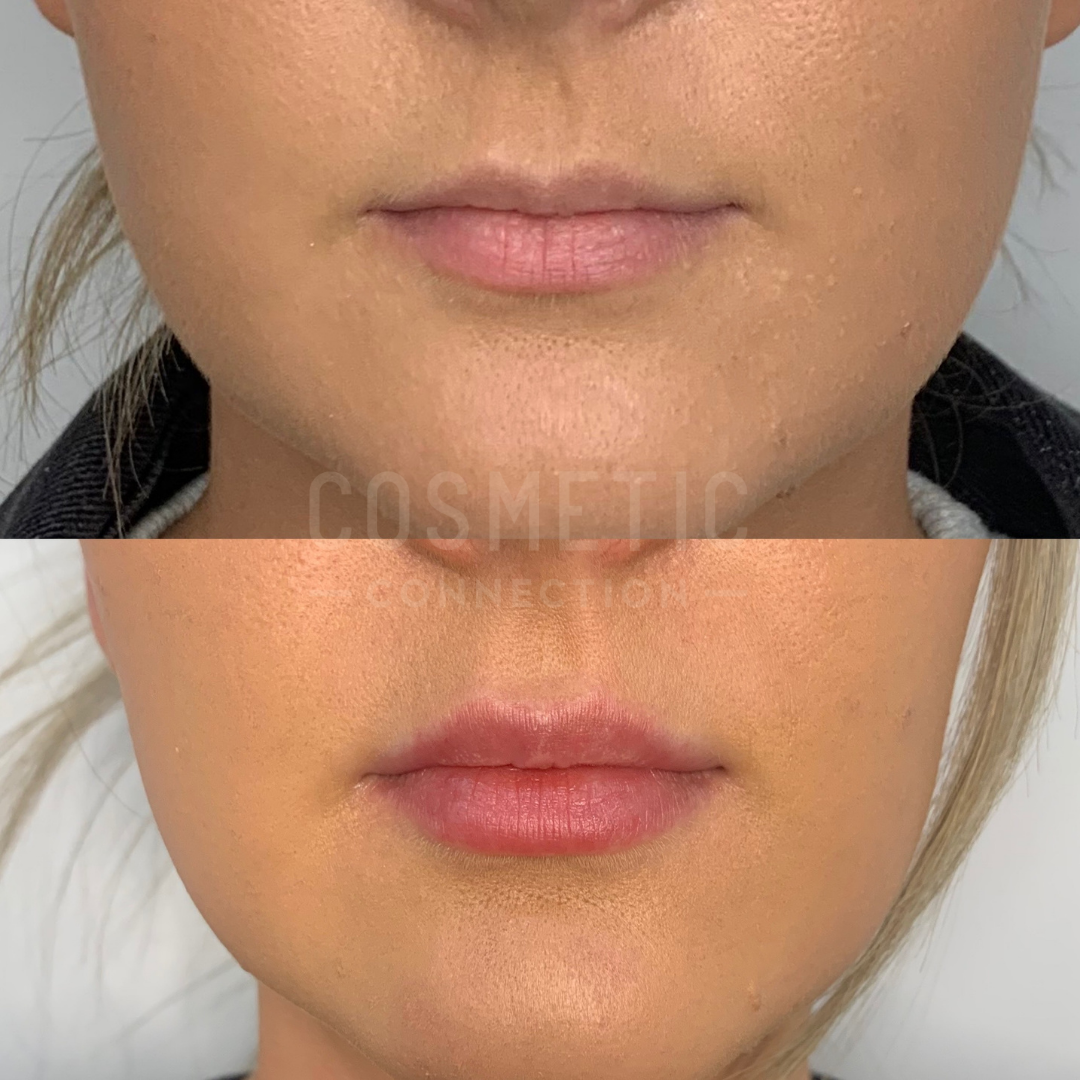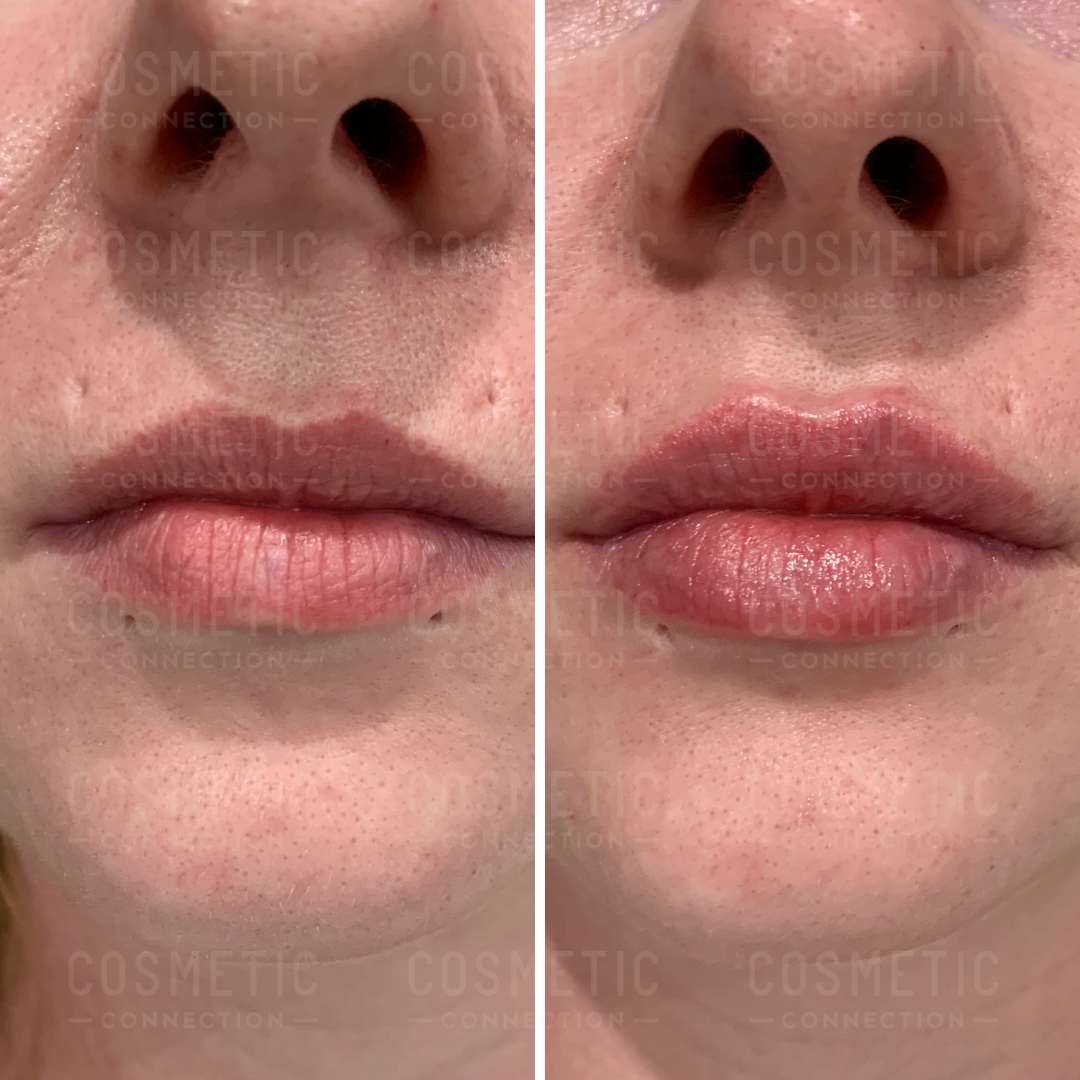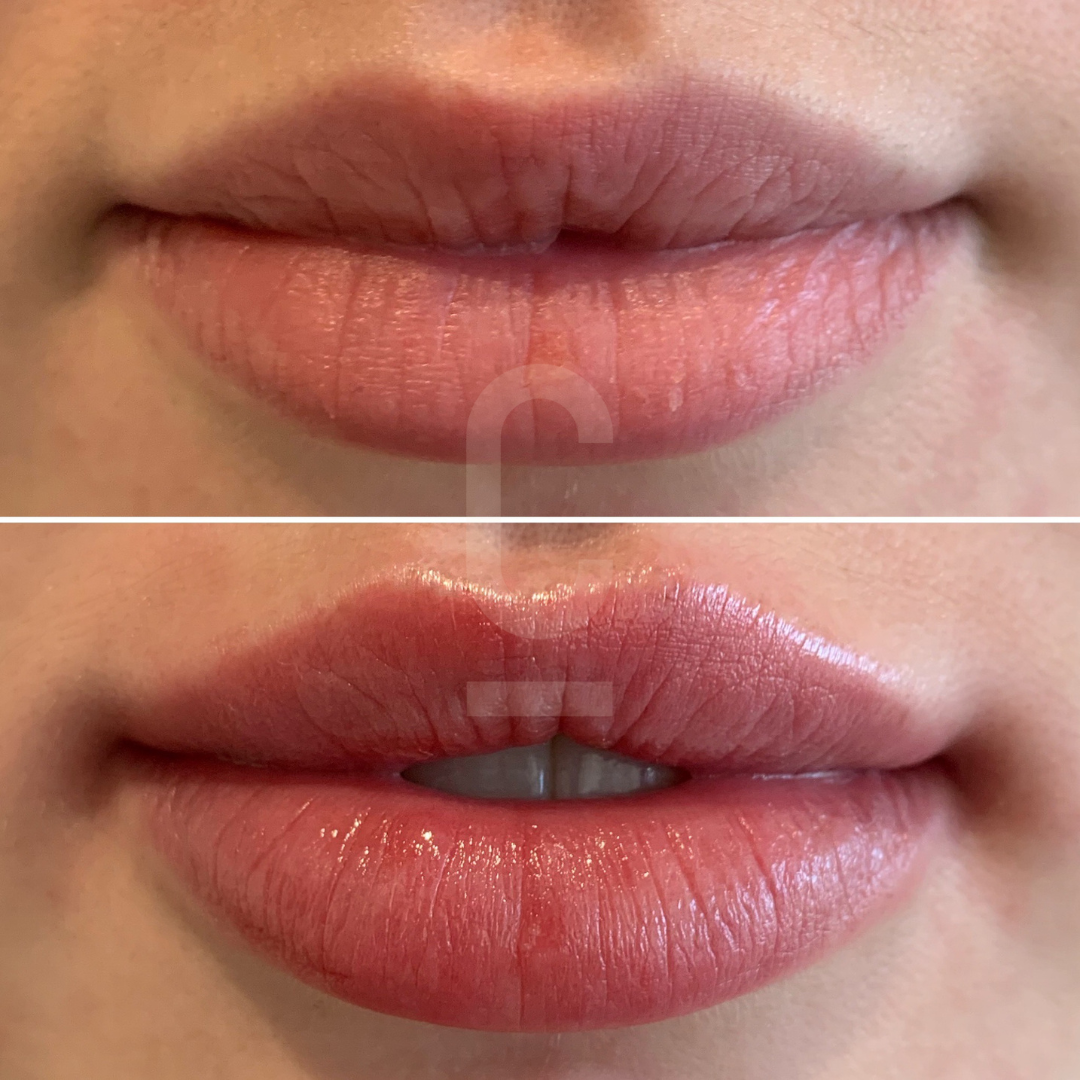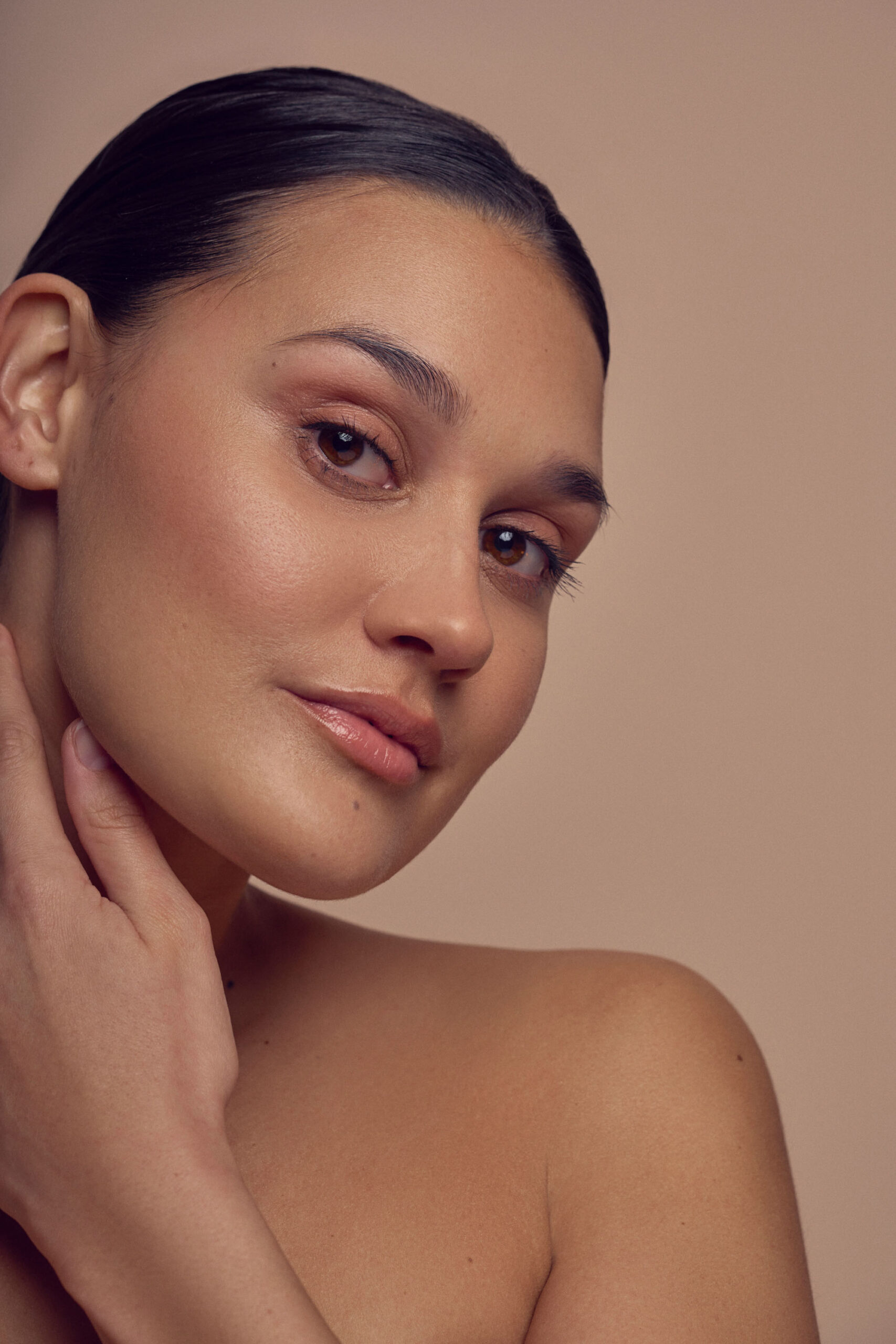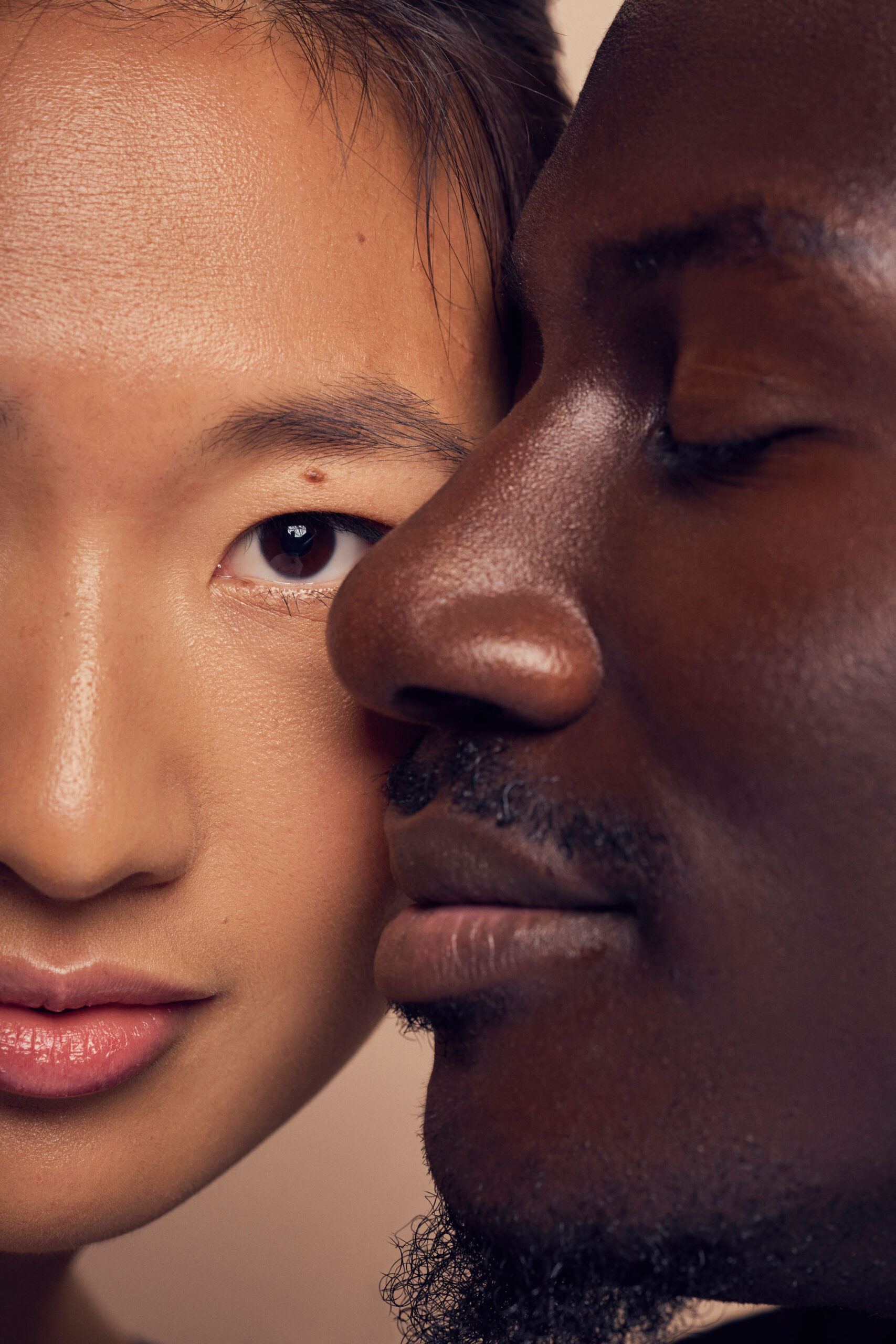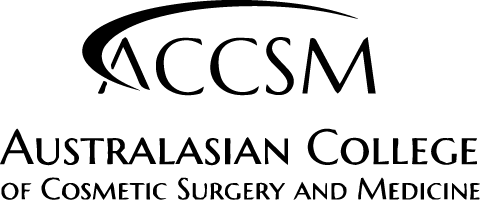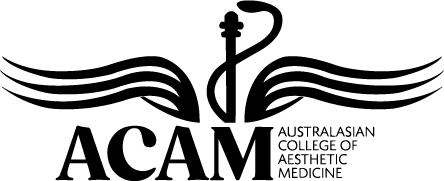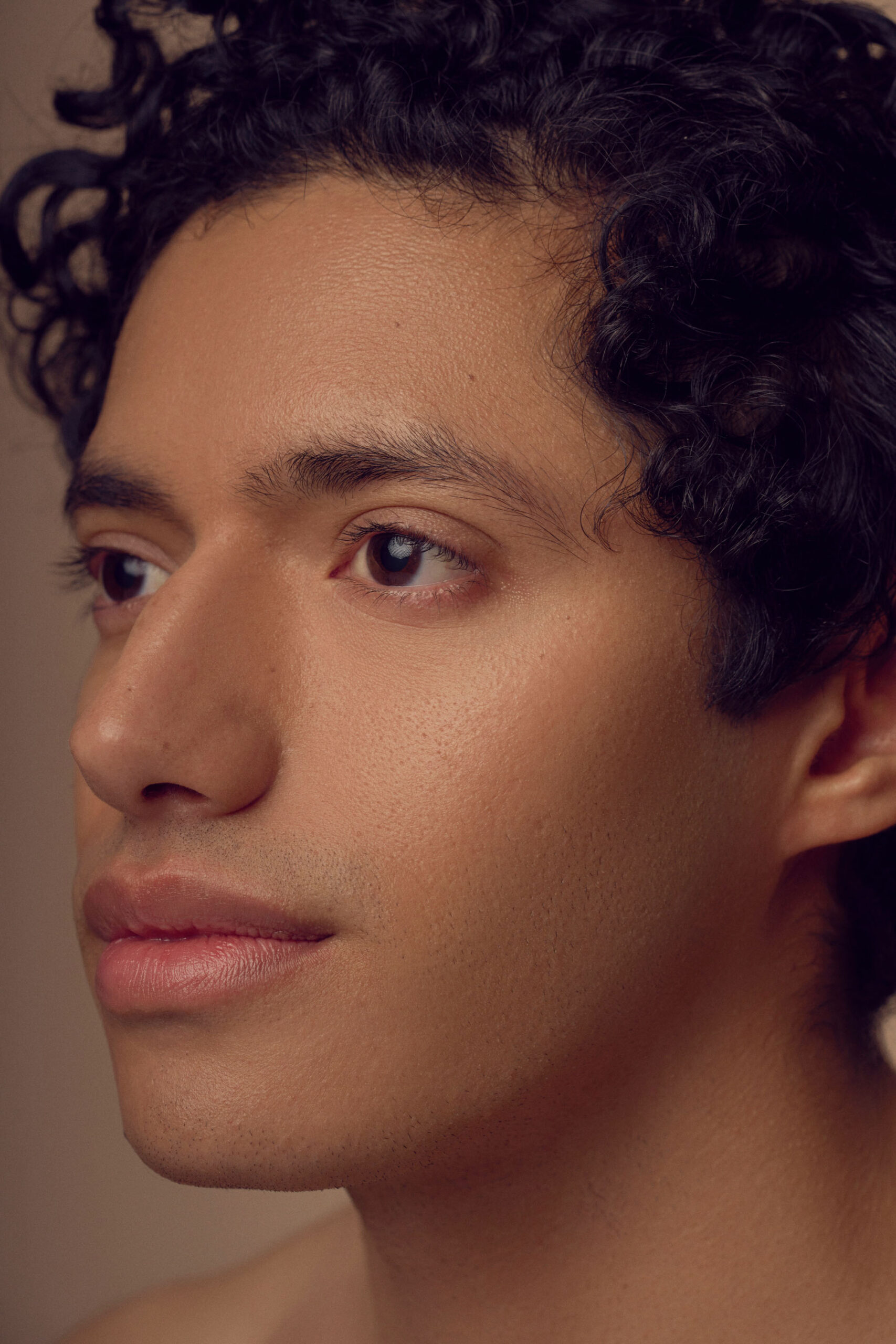Women & Men
Plump & define your lips
Convenient, seamless appointments
Doctor-led, non-invasive solutions
Natural, personalised refinements
Ongoing support to maintain your lips
One all-inclusive price
Shape, volumise and define your lips for subtle, natural results with personalised treatment and ongoing support from experienced medical professionals.
Start your booking process by providing us some details
As seen in
Naturally fuller, defined lips
Experience personalised care that prioritises natural-looking refinements.
Personalised, Professional Treatment
Add lip fullness with treatments that align with your preferences and lifestyle.
Natural-Looking Results
Our goal is to refine your lips with subtle, natural results that work with your features.
Simple, flat-fee pricing
One transparent price covers your entire treatment, no matter your needs.
Flexible 16-Week Treatment Window
Refine your look over time with package pricing for other treatments within 16 weeks—no lock-in.
Treatment info
Treatment objectives
Suitability
Preparation
Aftercare
Results
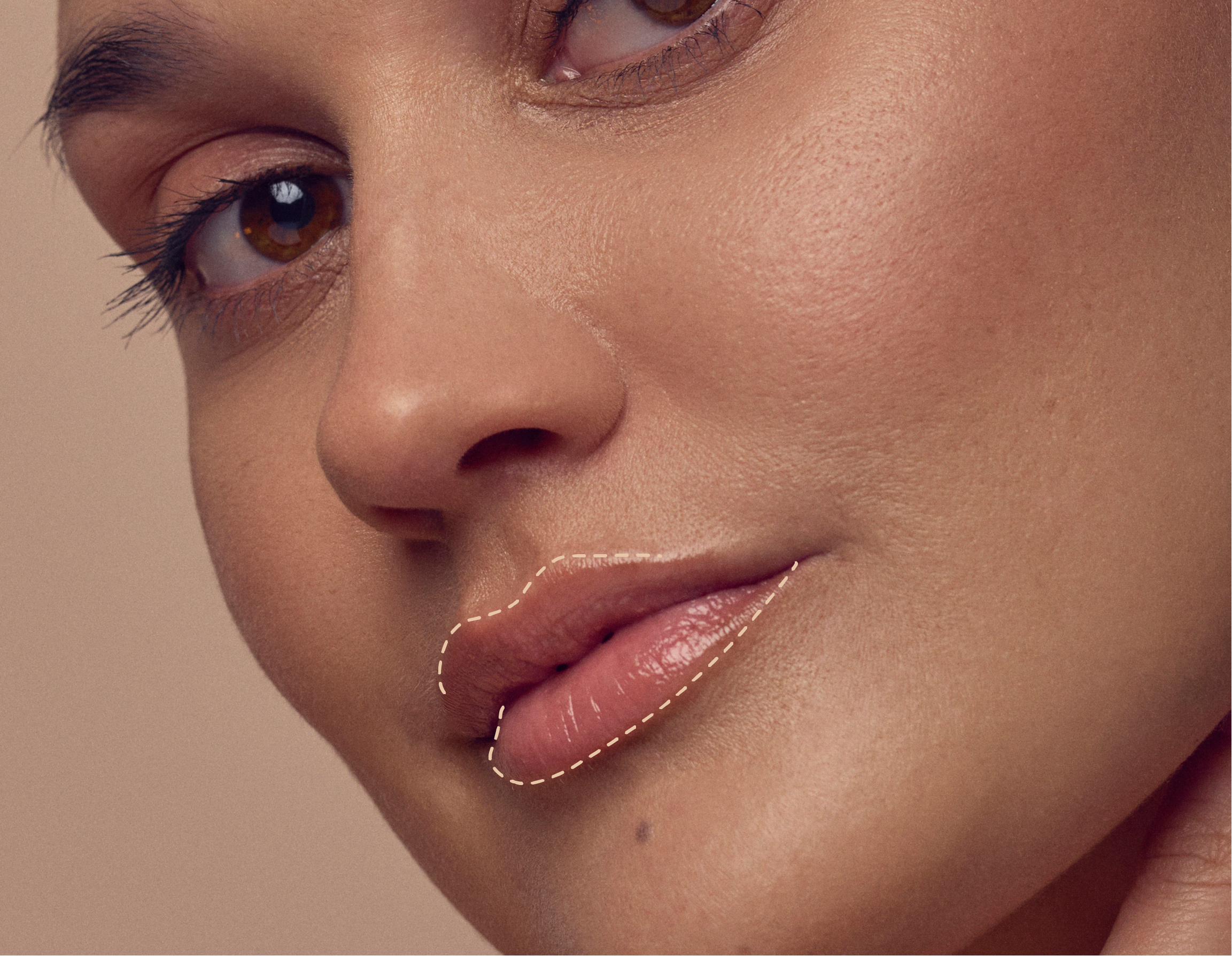
Select a region
Top lip & Cupid's bow
The shape and definition of the top lip and Cupid’s bow are assessed in relation to the lower lip and overall facial proportions. We can precisely refine each feature for balance, while also addressing specific concerns such as a thinner upper lip or age-related loss of fullness.
Bottom lip
The lower lip is assessed for its height, curvature, definition and projection relative to the top lip and chin. Treatments can add fullness, define the vermilion border, and optimise lip-to-chin balance while refining the ideal top-to-bottom lip ratio.
Top lip & Cupid's bow
The shape and definition of the top lip and Cupid’s bow are assessed in relation to the lower lip and overall facial proportions. We can precisely refine each feature for balance, while also addressing specific concerns such as a thinner upper lip or age-related loss of fullness.
Bottom lip
The lower lip is assessed for its height, curvature, definition and projection relative to the top lip and chin. Treatments can add fullness, define the vermilion border, and optimise lip-to-chin balance while refining the ideal top-to-bottom lip ratio.
Your Experience
Step 3 of 3
Enjoy natural-looking, fuller lips
After your treatment, we provide clear, easy-to-follow instructions, so you can get straight back to your day.
Once healed, your lips will appear fuller and natural, and you have the option to maintain your results if desired and suitable.


Have questions? We're here to help.
Get in touch and we’ll get back to you with the answers you’re looking for.
Lip treatments are a non-surgical cosmetic methods designed to adjust the volume, shape, and definition of the lips. Treatments may address various concerns, whether due to natural development, or changes with age.
Determining whether lip treatments are right for you requires a consultation, however some reasons why you may seek a lip consultation include concerns about:
- Size and plumpness
- Top lip thinning when smiling and laughing
- Lip and Cupid’s bow definition
- Dehydration and dry lips
- Changes that have developed with ageing
- Lip asymmetry
Yes. The technique is tailored to prioritise structure, crispness, and a proportional profile, avoiding feminine height and curve.
When undergoing lip treatments initially there will be a consultation to discuss your aesthetic goals and for the practitioner to assess your lip structure.
Depending on your assessment, various methods are then used to adjust the appearance of your lips in line with your goals and expectations.
Treatments are designed to be convenient and steps are taken to reduce discomfort.
The Cupid’s bow refers to the vermillion border of your upper lip. This is because when turned on the side, it resembles the bow of Cupid.
The Russian Lip technique focuses on creating a more defined and lifted lip shape with a flatter profile.
It’s is typically an option for people who want increased lip height and a crisp border, rather than added forward projection.
A lip flip is a subtle way to refine the appearance of the upper lip by relaxing the muscles around the mouth.
This allows the lip to gently roll outward, revealing more of the pink surface for a fuller, balanced look.
The cost of lip volume treatment varies depending on your individual needs, which can only be determined after an assessment. If you’d like pricing information, you can:
- Complete our free online suitability assessment for general pricing information.
- Schedule a consultation for a personalised treatment plan and quote.
People’s experiences of discomfort vary, but most report only mild discomfort with non-surgical lip treatments.
Most treatments involve the use of various numbing methods to minimise discomfort.
There are a number of numbing options for lip treatments. They include:
- Numbing cream
- Numbing injections
- Cold
Yes. The products used attract and bind moisture within the lip tissue, leading to a softer, smoother, and more hydrated appearance alongside any volume enhancement.
The time until results are visible depends on the specific methods used to treat your lips.
Typically, most lip treatments achieve the final result in days to weeks.
The longevity of lip treatments varies depending on the methods used, but most results fade over months to years. The duration also depends on your metabolism and various lifestyle factors.
The longevity of your lip treatment results depends on the method and extent. There is also some evidence that maintenance treatments may increase the longevity of the effect.
After lip treatments, it’s common to experience some mild and temporary swelling, as well as potential tenderness or slight bruising at the treatment sites lasting a few days.
It’s common to experience some swelling after a lip treatment, but it’s usually mild. This initial swelling typically subsides fairly quickly, often within a few days of the procedure. While it can temporarily make the lips appear fuller than the final result, it’s a normal part of the healing process.
Depending on the treatment method, you may notice small lumps after your procedure. These are often related to swelling and resolve over days to weeks as the area heals.
Persistent lumps may be due to a range of causes, and should be assessed by your treating clinician if they do not improve, or become painful or inflamed.
Lip treatments are generally considered low-risk when performed by a qualified and experienced medical professional.
As with any cosmetic treatment, there are typically minor, temporary side effects that can occur, such as localised bruising, swelling, or tenderness at the treatment sites. Serious complications like infections are uncommon.
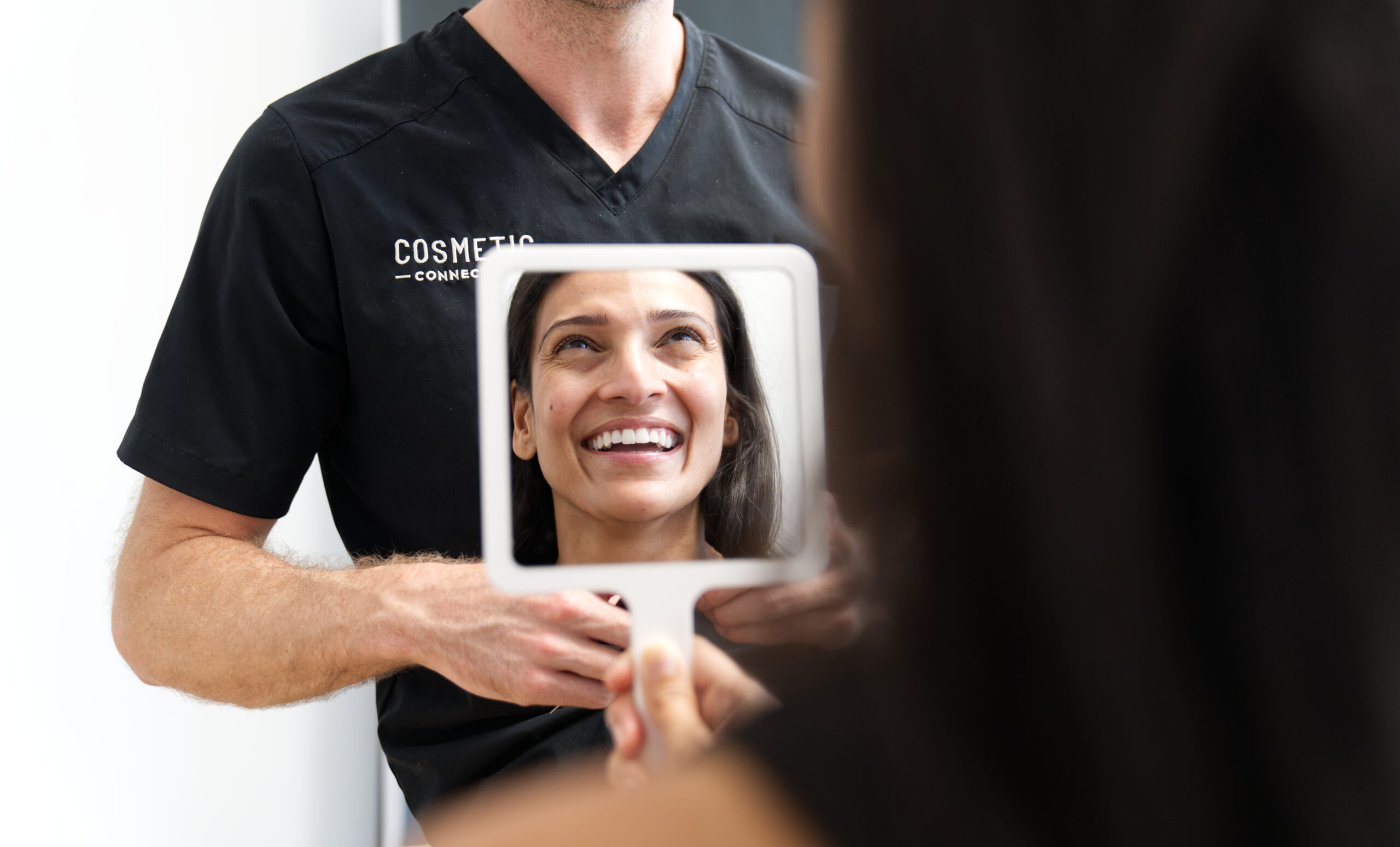
Why people trust us with their lips
Your treatment is performed in doctor-led, medical-grade clinics that follow strict safety and hygiene protocols, ensuring your privacy, comfort and wellbeing at every step.
We use only scientifically validated products, techniques and technologies — never trends or unproven methods — so you receive care you can trust.
Our clinicians stay up-to-date with best practice to deliver precise treatments and optimal results.
We prioritise what’s right for you. With us, you’ll receive personalised treatment recommendations–without any pressure or obligation to proceed with treatment.
With our standardised photography, we can plan your treatment collaboratively, while tracking your progress and results.
Enjoy transparent flat-fee pricing that covers everything required to achieve effective results—no surprises, no hidden costs.
Your satisfaction is one of our top priorities.
We back our treatments with guarantees because we’re confident in our results — and we want you to feel completely supported and reassured in your decision to move forward.


